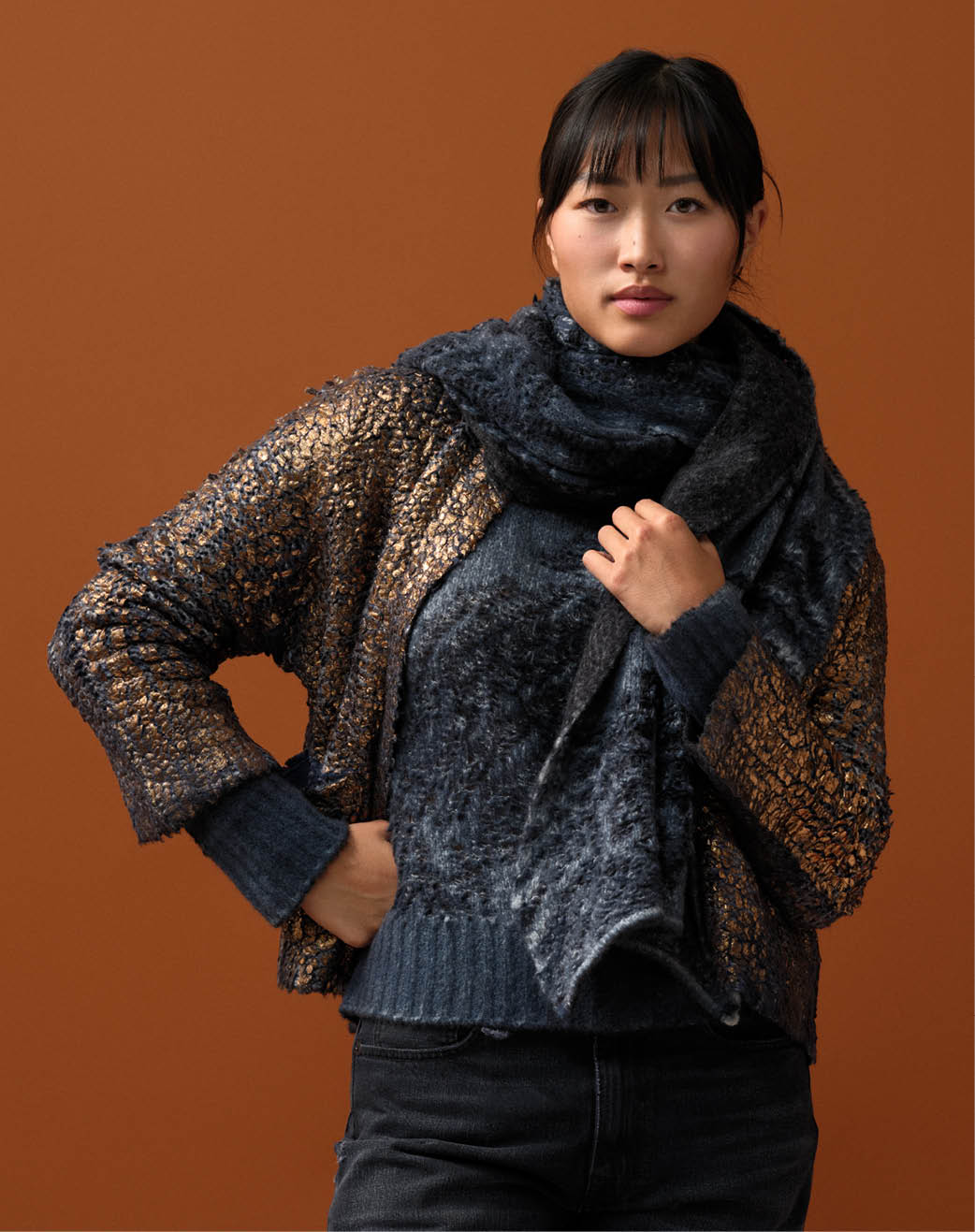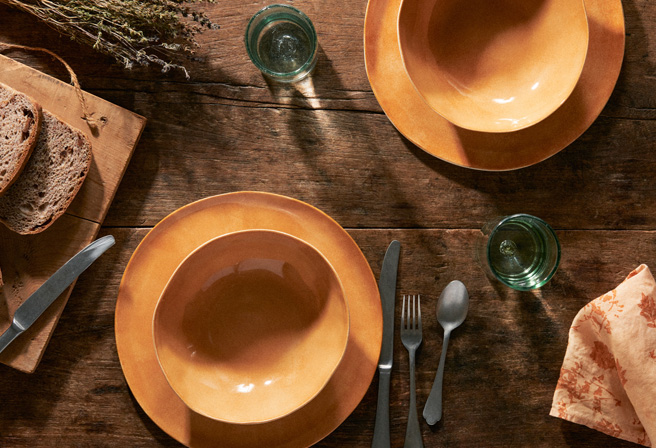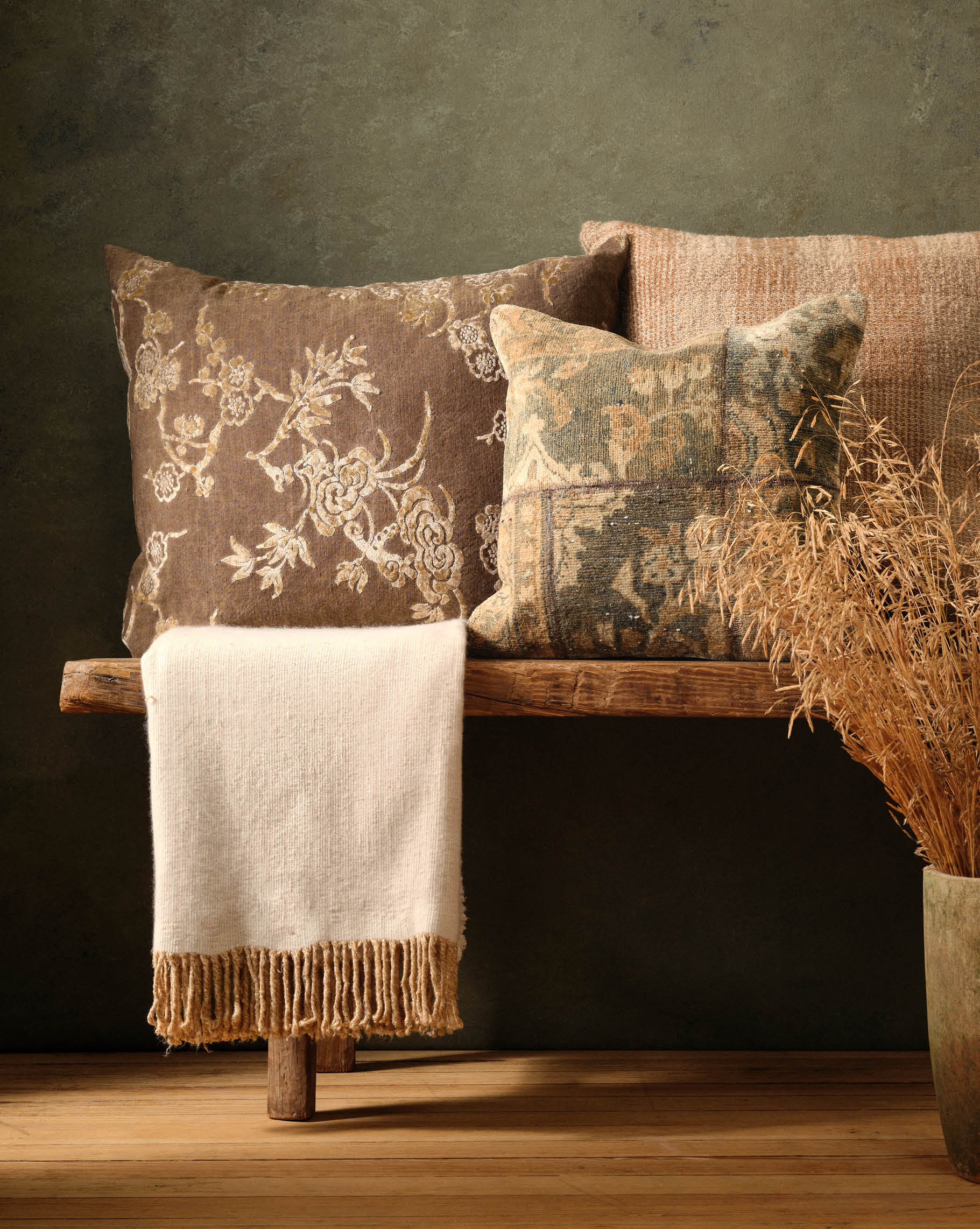Boro, a centuries old Japanese handicraft, is the practice of layering, patching and mending textiles together. In their reuse, these garments are the epitome of utility and sustainability.

Cotton can be difficult to grow in Japan, particularly in the north where the tradition is focused. By repurposing existing material, the practice of Boro came about not as a style choice but a means for survival. The pieces were often created for men with particularly laborious jobs, such as fisherman and farmers. Indigo dye was often used in these works as well, as it is moth-repellent, relatively inexpensive to use and creates a stunning effect on the fabric.
As Japan’s economy grew and general living standards across the country improved, Boro was eschewed as a reminder of their former poverty. Little was done by cultural institutions to preserve the tradition. However, over time the practice evolved to exemplify the Japanese aesthetic of wabi-sabi, where the beauty of the fabric comes from the reflection of natural wear. Since these humble roots, Boro has evolved from a tradition of necessity to a moniker of respect for the earth. Exhibitions like Japan Society’s “Boro Textiles: Sustainable Aesthetics”, on view digitally through June 14th, aim to raise awareness of the now-honored practice.

Kaval features Boro frequently in their work, as a tribute to these historical roots. 200-year-old Japanese silks and cottons are repurposed to create delicately layered garments reminiscent of a history where passion and hard work were central values. This resonates deeply with Kaval’s primary tenet in creating their pieces: the end result is only as valuable as the effort put forth by the craftsman. Boro in fashion connects the wearer to the history of the garment and the people who had a hand in creating it, as well as deepening their relationship with the Earth which originally provided the fiber. Boro is tangentially related to the South Asian tradition of Kantha, practiced by designers like Mieko Mintz, where sari fabrics are repurposed by being stitched together to make new garments.
Further Reading: Kantha: A Catalyst for Physical, Emotional and Spiritual Change















